Dupa plasarea solicitării de comandă, in sectiunea Istoric puteti vedea cate solicitări de comandă mai avem de procesat inaintea dumneavoastra
Program de lucru: Luni - Vineri 9:00 - 18:00, pauza 13:00 - 14:00.
Se efectueaza lucrari de mentenanta la site si pot aparea erori. In cazul in care intampinati erori va rugam sa reincercati mai tarziu.
Ridicarea personala este disponibila pentru comenzile achitate in avans. Se pot ridica dupa ce sunt pregatite.
No products
Adafruit Silicon MEMS Microphone Breakout - SPW2430
P2716
New product
Listen to this good news - we now have a breakout board for a super tiny MEMS microphone. Just like 'classic' electret microphones, MEMS mics can detect sound and convert it to voltage, but they don't need a bias resistor or amplifier, its all in one!
See description for more details about the product.
Add to cart now!
This product is no longer in stock
- Write a review
- Remove this product from my favorite's list.
- Add this product to my list of favorites.
More info
Description
Listen to this good news - we now have a breakout board for a super tiny MEMS microphone. Just like 'classic' electret microphones, MEMS mics can detect sound and convert it to voltage, but they don't need a bias resistor or amplifier, its all in one! The SPW2430 is a small, low-cost MEMS mic with a range of 100Hz - 10KHz, good for just about all general audio recording/detection.
This breakout is best used for projects such as voice changers, audio recording/sampling, and audio-reactive projects that use FFT. To keep the breakout small and simple, we only added a 3V voltage regulator (the microphone requires 3.3V DC) and filter capacitors. No additional opamp is included, the output peak-to-peak voltage has a 0.67V DC bias and about 100mVpp (peak-to-peak) when talking near the microphone, which is good for attaching to something that expects 'line level' input without clipping. The peak-to-peak can be as high as 1Vpp if there's a very loud sound.
Using it is simple: connect GND to ground, Vin to 3.3-5VDC. For the best performance, use the "quietest" supply available (on an Arduino, this would be the 3.3V supply). The audio waveform will come out of the DC pin. The output will have a DC bias of 0.67V so when it's perfectly quiet that's what you'll read, there's a little drift. If the audio equipment you're using requires AC coupled audio, you can grab the signal out of the AC pin, which has a 10uF capacitor in series.
The output pin is not designed to drive speakers or anything but the smallest in-ear headphones - you'll need an audio amplifier if you want to connect the amp directly to speakers. If you're connecting to a microcontroller pin, you don't need an amplifier or decoupling capacitor - connect the DC pin directly to the microcontroller ADC pin.
Don't delay. Buy today.
Add to cart now!
Reviews
Customers who bought this product also bought:
-
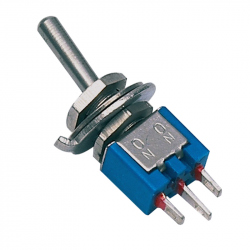
Two Position...
Two Position Switch See description for more...
$0.48
-
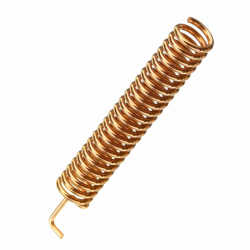
High Gain...
High Gain 433 MHz Antenna See description for...
$0.71
-
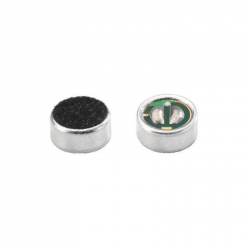
Electret...
Electret microphone useful in sound detection....
$0.24
-

3 Heatsinks...
Radiator for Raspberry Pi 3 helps keep...
$0.84
-
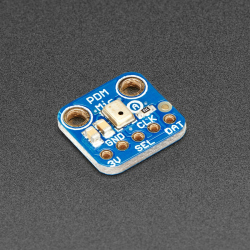
Adafruit PDM...
An exotic new microphone has arrived in the...
$10.56
-
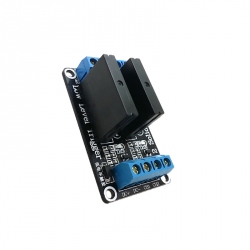
Solid State...
Module with 2 solid state relays that can...
$2.99
-
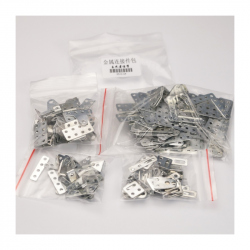
Mounting...
Mounting Accessories Set
$16.80
-
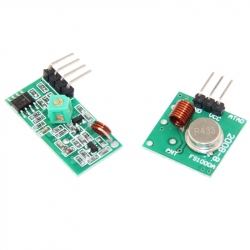
433 MHz...
433 MHz Receiver Transmitter Pair See...
$1.56
-

SOT23,...
The product is an adapter for SOT23, MSOP10 and...
$0.15
-
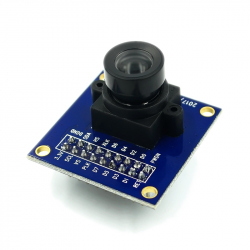
OV7670...
The OV7670 sensor is a low power and small size...
$3.92
